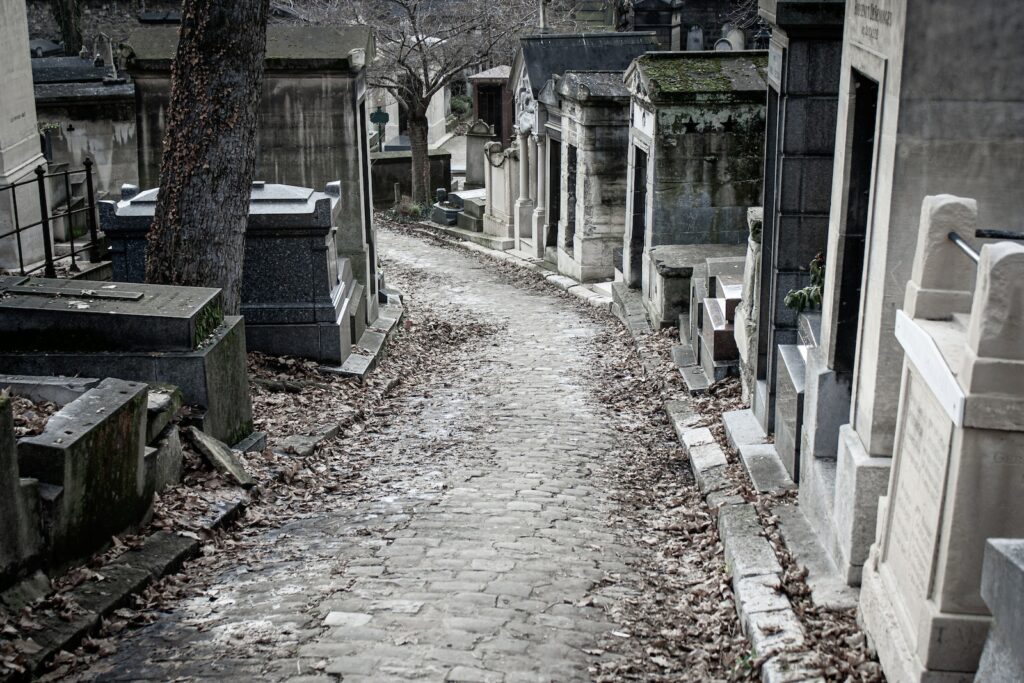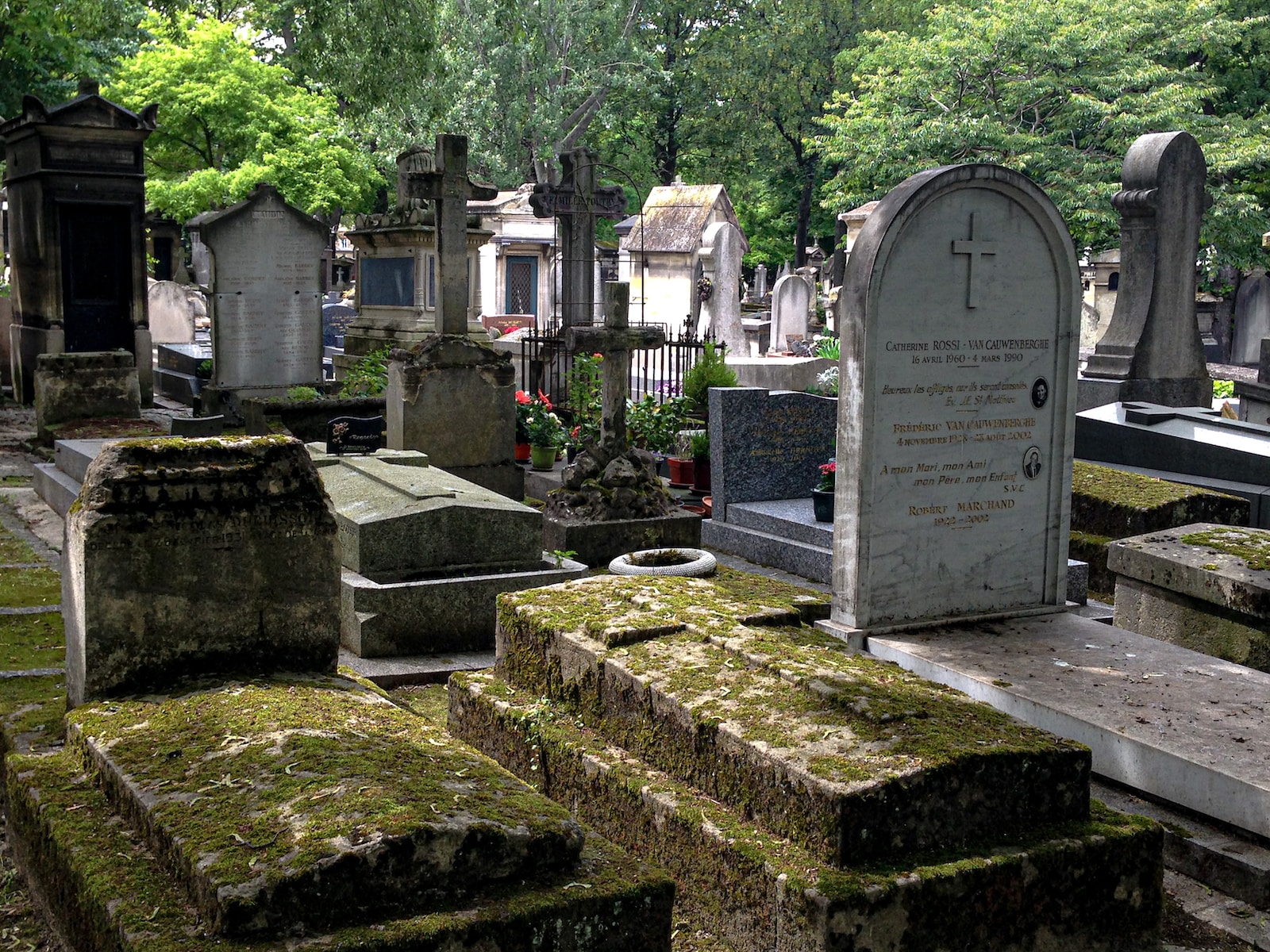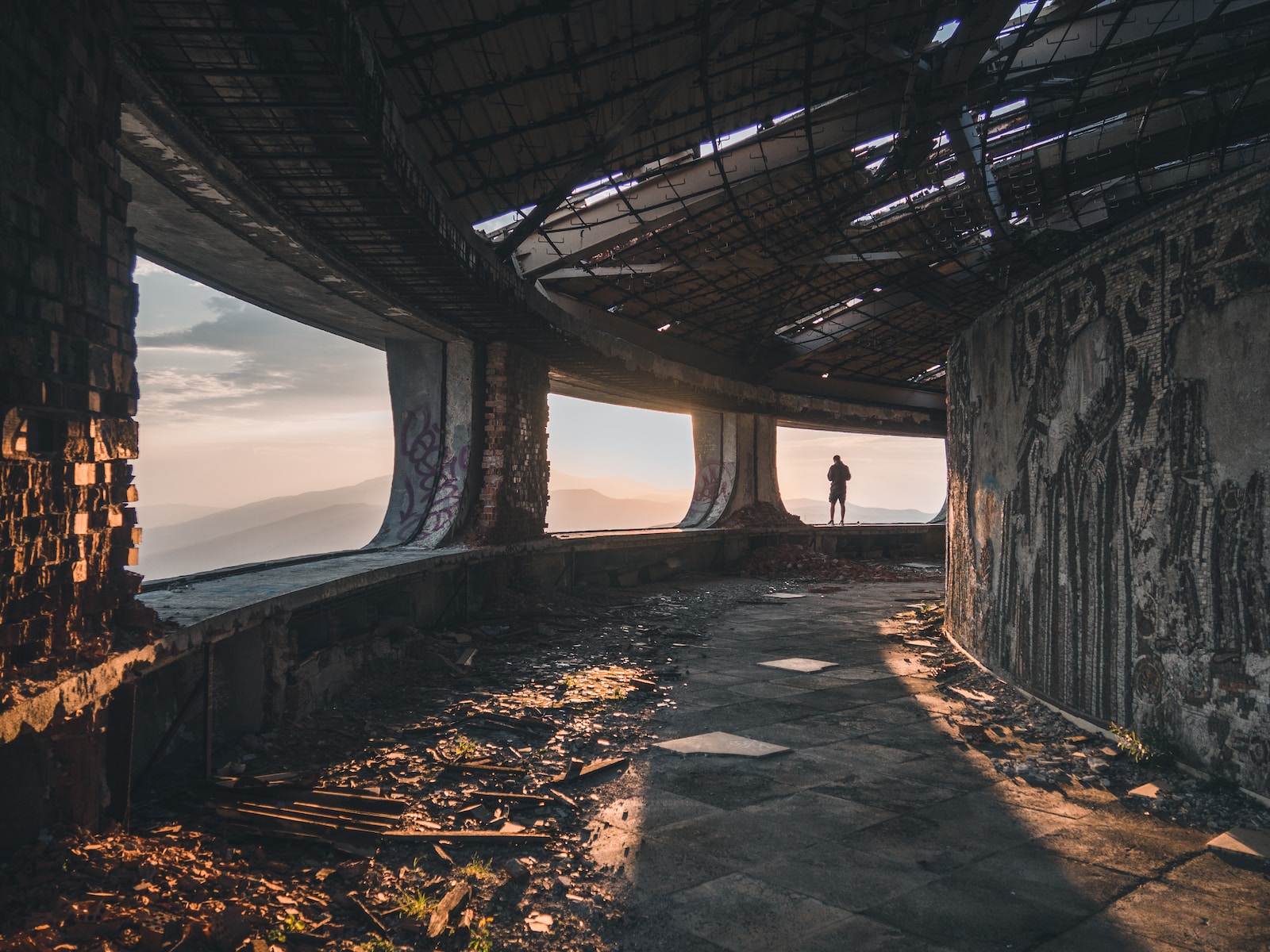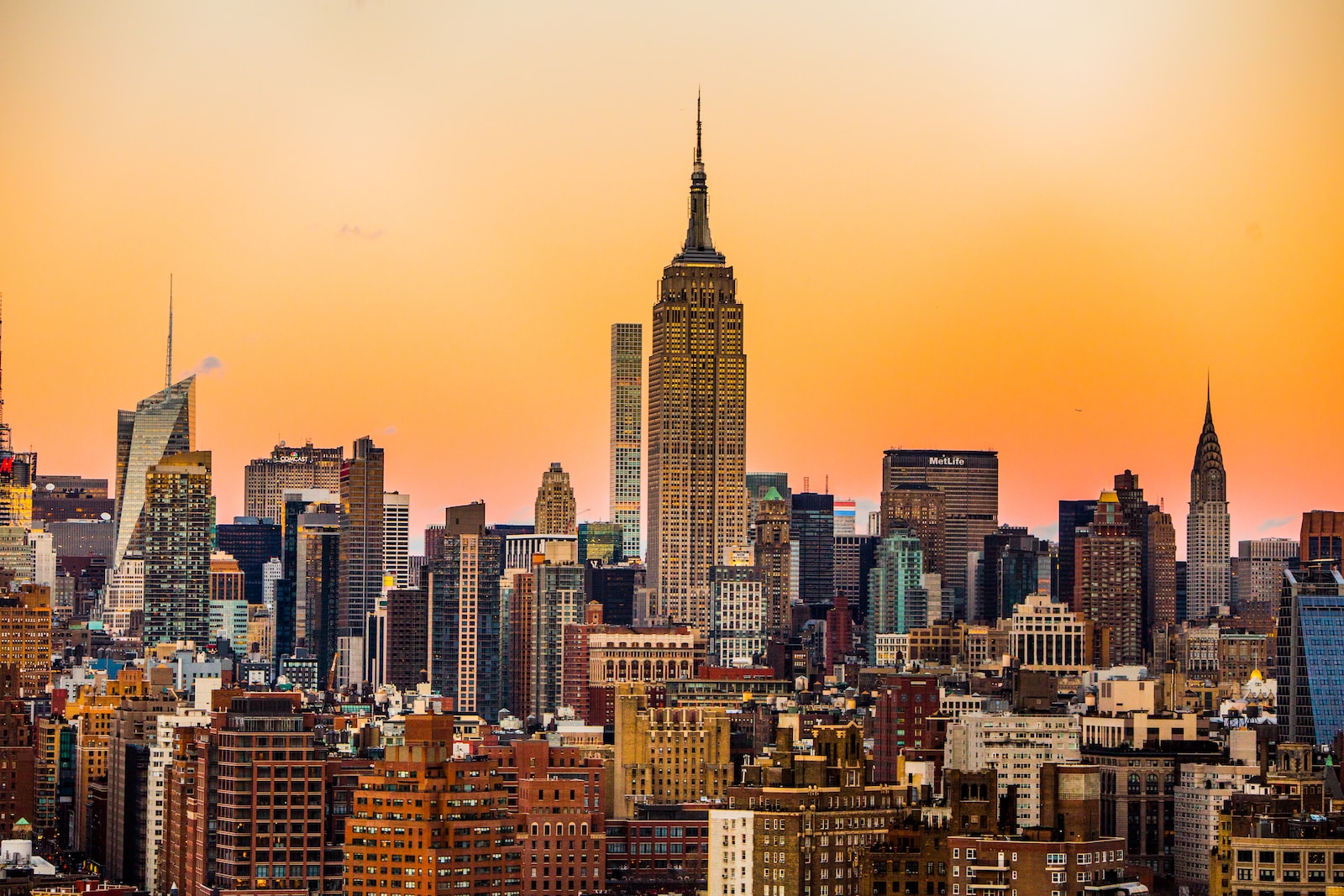Are you curious about the fascinating world of cemetery photography? Join me on this enlightening journey as we explore the boundaries of respect and laws associated with this often overlooked genre. Discover the artistry in capturing the essence of cemeteries while learning how photographers can navigate the sensitivities surrounding this unique form of photography. Let’s dive into the captivating world of cemetery photography together!
Table of Contents
- Photography in Cemeteries: A Forgotten Genre
- Photographer’s Perspective on Cemetery Photography
- Frequently Asked Questions
- 1. Is cemetery photography legal?
- 2. What should I consider before photographing in a cemetery?
- 3. Are there any photography laws that apply to cemetery photography?
- 4. How can I respect the sensitivities of cemetery photography?
- 5. Can I sell or publish cemetery photographs?
- 6. How can I ensure I am following the law when photographing in cemeteries?
- Wrap Up
Photography in Cemeteries: A Forgotten Genre
Cemetery photography, although not widely discussed, presents a captivating opportunity for photographers to capture the beauty and history lying within these sacred grounds. The serene atmosphere of a cemetery provides a distinctive backdrop for photographers seeking to explore art beyond the conventional boundaries. While cemetery photography may be unconventional to some, many photographers have embraced this genre as a compelling means of storytelling.
A Path to Spiritual Reflection
Wandering among the tombstones, cemetery photography offers a unique perspective that encourages introspection and contemplation. The play of light and shadows accentuates the evocative emotions associated with these hallowed grounds. A moment frozen in time can reflect the stories and histories of those who have walked this Earth before us, encapsulating their presence and allowing their legacies to live on.
Respecting the Boundaries
While cemetery photography offers artistic and historical value, it is essential to approach it with the utmost respect and sensitivity. Recognizing the boundaries of respect ensures that we preserve the sacredness of these spaces and honor the memories of those who rest within them. Understanding and abiding by the guidelines set by cemetery authorities and local laws is crucial in maintaining the sanctity of these hallowed grounds.
Photographers engaging in cemetery photography must also be aware of the legal implications surrounding this practice. Photography laws may vary across different regions, and it is vital to familiarize oneself with local regulations. Respecting the privacy and sensibilities of individuals visiting cemeteries is of utmost importance. By adhering to these laws, photographers can continue to capture the essence of these sacred places while maintaining ethical and legal boundaries.
Preserving History and Memory
Cemetery photography serves as a powerful medium for preserving history and memory. Through the lens, we can document the intricate details of headstones, the fleeting beauty of weathered monuments, and the profound emotions etched in the landscape. By capturing these visuals, we become storytellers, ensuring that the legacies of those who came before us are cherished, remembered, and celebrated.
Did you know that cemetery photography dates back to the early 19th century? The Victorian era saw a rise in memorial photography, where individuals posed with their deceased loved ones as a way to commemorate their lives.
Embracing Sensitivities
Photographers must be cognizant of the sensitivities surrounding cemetery photography. It is crucial to approach these spaces with the empathy and respect they deserve. Being mindful of visitors and their experiences allows us to strike a balance between our artistic endeavors and the peace that cemeteries provide to those who seek solace within their gates.
Commemorating Stories
Cemetery photography allows us to keep the stories of these souls alive. Whether it be through capturing the age and weathering of a gravestone, an arrangement of flowers left by loved ones, or a poignant symbol etched in stone, we have the power to honor and commemorate these lives. Every image taken is an opportunity to preserve and share the history that lies beneath our feet.
Forging Connections to the Past
The art of cemetery photography helps us forge connections with our ancestors and the history of our communities. By capturing these poignant moments, we can delve into the past, exploring the achievements, triumphs, and tragedies of those who came before us. Through these connections, we gain a deeper understanding of ourselves and the world around us.
Boundaries Merge with Creativity
While respecting boundaries is vital, cemetery photography also provides an opportunity for artistic expression. The merging of history, emotion, and creativity offers an avenue to capture stunning visual compositions. The contrast between life and death, tranquility and chaos, invites photographers to push the boundaries of their artistry and create something truly impactful.
A Lasting Legacy
Cemetery photography enables us to leave a lasting legacy of remembrance for future generations. As time passes, cemeteries evolve, and the landscapes change. Through our photographs, we ensure that the memories contained within these hallowed grounds endure. The stories told through our lens become a poignant tribute, reminding us that even in death, we continue to influence the world.

Photographer’s Perspective on Cemetery Photography
Meet Sarah, a passionate photographer who has always been drawn to capturing the beauty in unconventional places. One day, while exploring her town, she stumbled upon a peaceful cemetery with stunning architecture and lush greenery. Intrigued by the serene atmosphere, she decided to try her hand at cemetery photography.
The Benefits of Cemetery Photography
For Sarah, cemetery photography became a deeply meaningful and therapeutic experience. She found solace in immortalizing the memories and stories of those who had passed on, while also appreciating the artistic elements present in the surroundings. Sarah’s cemetery photography allowed her to reflect on the intricate design of tombstones, the play of light filtering through trees, and the delicate balance of life and death.
Beyond the personal fulfillment, cemetery photography also introduced Sarah to a tight-knit community of photographers who shared her passion. They celebrated one another’s work, exchanged creative ideas, and provided support in navigating the sensitive aspects of this particular genre.
Challenges and Overcoming Boundaries
However, Sarah soon realized that cemetery photography came with its own set of challenges. Respect for the deceased and the sensitivities of their families is of utmost importance. Sarah had to learn to navigate these boundaries to maintain respect and legality while capturing her art.
One of the key challenges she faced was understanding the practical and legal limitations surrounding photography in cemeteries. Sarah discovered that while photography laws vary in different regions, it is important to research and adhere to any posted regulations or restrictions. Some cemeteries may have specific rules regarding photography, such as obtaining permission or limiting access to certain areas. Respecting these rules was crucial to honor the memory of the deceased and maintain a positive relationship with cemetery authorities.
Moreover, Sarah acknowledged the emotional impact her photography could have on those who still grieved for their loved ones. She made sure to always approach her work with empathy and compassion. This meant avoiding close-ups of specific tombstones or capturing private moments of mourning. Sarah aimed to tell a broader story through her photography, focusing on the beauty and overall ambiance of the cemetery, rather than individual markers.
Remember, cemetery photography should never trespass into the personal space of those who are grieving. It is essential to maintain a respectful distance and refrain from intruding on their privacy.
In conclusion, cemetery photography can be a powerful and captivating genre, but it requires photographers like Sarah to navigate the boundaries of respect and the corresponding laws. By approaching the subject with sensitivity, adhering to any posted rules, and considering the emotions of grieving families, photographers can honor the memory of the deceased while creating beautiful art that captures the essence of these sacred spaces.
Frequently Asked Questions
1. Is cemetery photography legal?
Yes, cemetery photography is generally legal. However, it is important to familiarize yourself with local laws and regulations as they may vary.
2. What should I consider before photographing in a cemetery?
Before photographing in a cemetery, it is essential to respect the boundaries and sensitivities of the location. Additionally, be mindful of any specific rules or guidelines outlined by the cemetery management.
3. Are there any photography laws that apply to cemetery photography?
While there are no specific photography laws pertaining solely to cemetery photography, existing privacy laws and property rights should be respected. It is crucial to avoid trespassing on private property and to obtain permission if necessary.
4. How can I respect the sensitivities of cemetery photography?
Respecting the sensitivities of cemetery photography involves maintaining a solemn and respectful attitude. Avoid disrupting mourners or interfering with any rituals or ceremonies taking place. Additionally, be mindful of the overall atmosphere and avoid intrusive behavior.
5. Can I sell or publish cemetery photographs?
Generally, you can sell or publish cemetery photographs taken in public cemeteries, as long as you are not violating any privacy laws. However, it is always recommended to obtain the necessary permissions or releases if you plan to use the photographs for commercial purposes.
6. How can I ensure I am following the law when photographing in cemeteries?
To ensure you are following the law when photographing in cemeteries, research and understand the local regulations and restrictions. If uncertain, reach out to the cemetery authorities or local authorities for clarification.
Wrap Up
Exploring cemetery photography is a unique way to capture the beauty, history, and emotional depth found within these sacred spaces. As photographers, it is crucial for us to respect the boundaries and sensitivities of others, ensuring that we act with empathy and compassion. By familiarizing ourselves with photography laws, adhering to any restrictions implemented by cemetery authorities, and obtaining necessary permissions, we can continue to preserve the integrity of these sacred sites.
Remember, cemetery photography is about more than just capturing an image; it’s about honoring the memories and stories that lie within. Have you ever dabbled in cemetery photography? What tips or experiences can you share? Join the conversation by leaving a comment below. Let’s continue to learn from one another and grow as respectful and responsible photographers.



